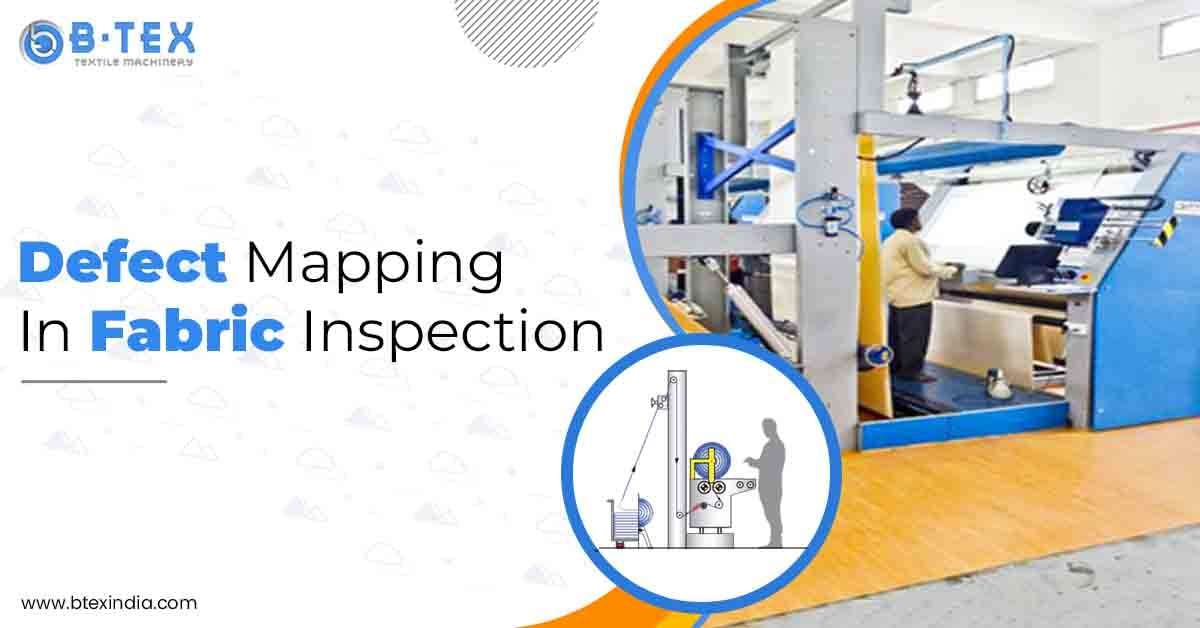The fabric inspection system comprises several steps to ensure the delivery of high-grade fabric rolls. Every stage of the inspection process is equally essential for quality production. Once the inspectors detect the defects, they map, optimize, and cut-pack the fabrics into presentable rolls as per company prerequisites. In this article, we will discuss the essentials of the defect mapping method in fabric inspection.
What Is Defect Mapping
To improve the end-quality of fabrics, each defect must be marked precisely. The defect mapping and marking stage comes after the inspector checks and identifies the fabric defects. In this stage, the inspectors map the areas and mark them for the cutting process. Generally, they either paste small stickers near the defects or flag the edge perpendicular to the area of the defect. The defects are then logged in for optimization before cutting and packing into fabric rolls in accordance with the requirements.
For more insights, read this blog.
Mapping Module (IGS)
In the automated inspection and mapping machines, the defects are logged in a mapping module (as shown in the above figure). The defect mapping module automatically grades and classifies the fabric defects depending on their severity and as per the 4 point software. It is essentially a virtual form of the fabric batch that has been inspected. Moreover, in this virtual state, the operator can apply pre-planned cutting solutions to the map to calculate the optimum output. After the defects are logged in, they are automatically loaded to the server for optimizing the fabric defects. This system works smoothly with the B-Tex Divine Mapping Machine, where fabric is supplied and delivered (after mapping) in big batches.
Benefits Of Defect Mapping
There are several benefits of mapping fabric defects during the inspection process. Let’s take a look at them.
- The defects can be cut out straight away once detected. However, it will make the spreading process difficult. Mapping the defects makes it easier for the operators to spread and cut out the faulty parts in the spreader machine easily.
- Mapping makes the cutting of defects easier and more efficient.
- Inaccuracies in cutting out the defective areas may lead to the waste of fabrics. Mapping helps in minimizing such wastage.
Defect Mapping Solutions With B-Tex
At B-Tex, we deliver inspection machinery with an aim to enhance the high-quality production of fabrics. To further enrich the process, we provide an inspection and grading software (IGS). It is designed as per the 4-point software of fabric grading. With automated systems, it ensures high productivity with minimum wastage.
Learn more about the inspection and grading system (IGS) in this article.
B-Tex, a seasoned inspection machine manufacturer, provides mapping machines that are specially designed for detecting, mapping, and optimizing fabric defects. The machine runs on a fully automated system with integrated IGS that ensures quality production with minimum wastage. Since it’s fully automated, it reduces labor deployment and can efficiently increase production with a single operator. Besides, the mapping machine not only inspects and maps the fabric defects. It also auto-cuts and packs fabrics into presentable rolls as per the company requirements.
Divine Mapping Machine (Model: ABB+ABB)
The B-Tex mapping machine (Divine) is designed to be one of the most efficient and trustable machines for inspecting and grading your fabric rolls.
If you find this article enticing and want to get a demo of our high-tech fabric inspection machinery, drop us a line here. Our team is ready to aid you in delivering quality fabrics with efficient and reliable fabric inspection machinery.






